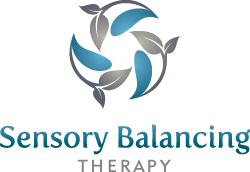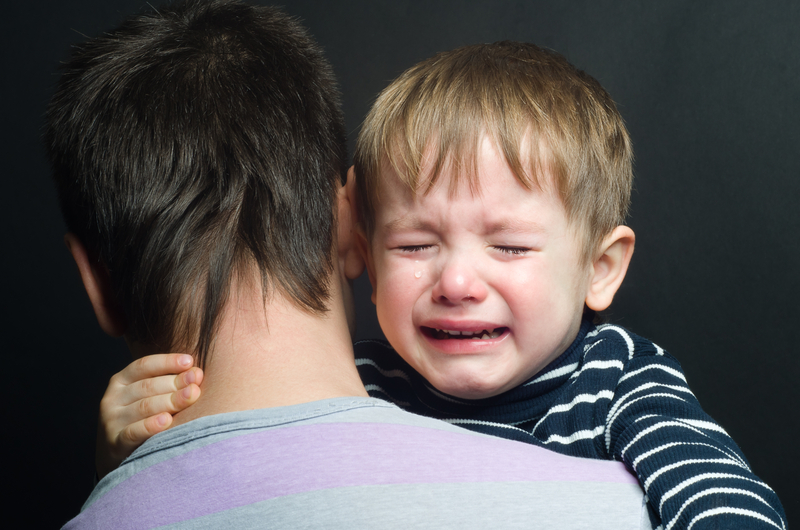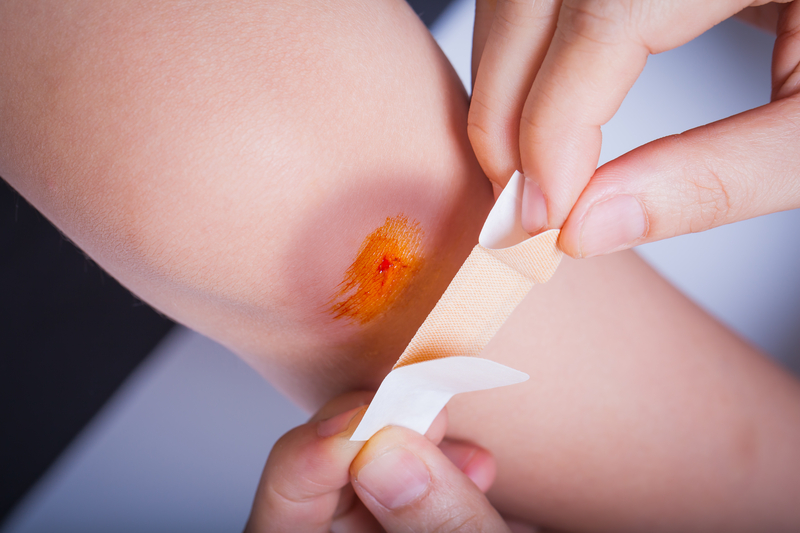All chronic pain conditions, and many disease conditions, have their roots in these six key causes which trigger and sustain nervous stress. These are physical keys that impact the entire system in a way that it messes up the nervous system, and this state is where disease proliferates.
As a parent or caregiver, you may wonder how can physical treatment of the musculoskeletal and nervous system help your child to function better, especially if they haven’t been in a physical trauma.
First, the key is to understand what stress is, and the how these six causes initiate and maintain stress on the nervous system, creating an environment where chronic pain can exist. There are two nervous systems involved, the parasympathetic nervous system (PNS) (mellow/healing) and the sympathetic nervous system (SNS) (flight/fight/stress). During the SNS flight/fight phase, all the blood moves from your organs to your muscles to prepare for engagement. This system was originally designed for short term stressful situations, like wild animal attacks. Today’s modern society is very different, long term sympathetic stress produces huge imbalances in the autonomic nervous system, which in turn controls your body. It’s like putting your foot on the gas pedal all the time. All six primary causes upregulate the SNS, causing the body to maintain a “flight or fight” for extended long periods of time.
Disease and pain need this stressful environment to exist. The PNS is in full charge of healing, growth and maintenance. Most autonomic functions from digestion to detoxifying to immune responses cannot and will not function in sympathetic stressful environment. Today, almost everyone is walking through their lives in a complete sympathetic stress. And it is killing them — literally.
The key to controlling sympathetic upregulation/”fight or flight” is to remove the six physical barriers that are keeping or maintaining the nervous system in high drive. Extensive and widespread clinical treatments prove the following six primary causes can have the strongest influence on reversing sympathetic upregulation, and balancing the ANS to decrease pain, dysfunction and disease.
The 6 Primary Physical Causes that lead to Sensory Defensiveness:
- Physical Scars
Left behind from injuries or surgeries, scars causes significant stress on the autonomic nervous system and produce “interference patterns:” areas of electrical membrane instability or fields that can produce pain and disease anywhere throughout the body.
- Cranial bones and sutures
Your head has 22 bones in it, held together by joints called sutures. They all move when we are pushed, struck, or fall, and even may not have been in proper placement since birth! Sometimes, they don’t go back to where they should be, and stay out of place for long times. Since all nerves originate in brain, then it’s clear that problems with skull bone positioning or sutural sticking can negatively influence the entire body’s nervous systems, with the sympathetic “winning” again.
- Spinal Compressions and Radiculopathy
Compressions of the nerve roots (called radiculopathy) and spinal compression (the squishing of segments together) cause stress throughout the spinal cord, a key component of the nervous system. This combination of spinal/nervous system stress produces pain along the spine and throughout the body.
- Sacrum
The sacrum (or “sacred bone”) sits at the base of the spine, is the foundation of your spine and “core” of the body, and is a key sympathetic/parasympathetic nervous system juncture. Imbalances in the sacrum negatively influence the autonomic nervous system, causing stress. Remember, we sit all day today, and our ancestors didn’t!
- Jaw and the TMJ
Sitting on top of the spine, the jaw is moved by two of the strongest muscles in the body and used constantly during the day. When we feel stressed, we clench our teeth. Misalignment or imbalances of either teeth or jaw can strongly influence the nervous system for long periods of time.
- Emotional Blockages (Limbic system):
Past emotional traumas get locked up in muscles, fascia, and organs. Even in acupuncture, each organ has an associated emotion. To ignore the relationship between emotions and the autonomic nervous system is unwise. How you feel or act after bad news, or when bad things happen to you, is recorded by your body. Every cell. This, in turn, negatively influences the nervous system, creating more imbalance. Ask any soldier how emotions affect health. It’s all controlled by the nervous system.
These six primary causes of pain are the collection of 30 years of worldwide travel and healing people. For more information and research on MPS Therapy. Dr B. FaShong – Chronic Pain Specialist, painmgmt101@yahoo.ca.





Leave A Comment